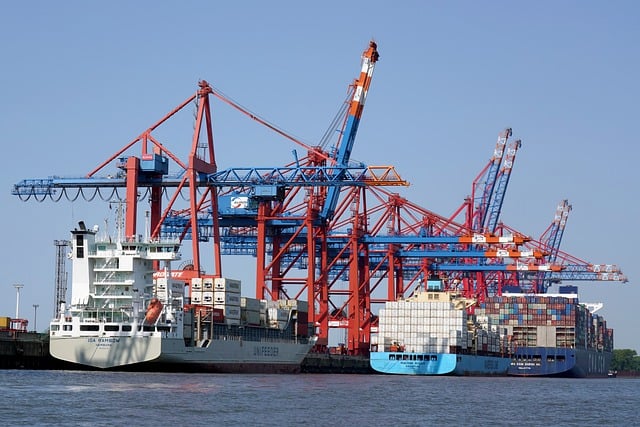
What certifications are required for the export of liquid shortening?
Liquid shortening falls under the category of food processing raw materials. Exporting enterprises need to prepare the following core documents:
- Basic Qualifications: Food Production License,Export foodFiling Certificate
- Product Certification:
- Sanitary certificate issued by a third-party testing agency
- Ingredient Analysis Report (Must Include Trans Fatty Acid Content)
- Halal Certification (for the Middle East market)
- Trade documents: Certificate of Origin, Quality and Safety Compliance Declaration
Which countries have special requirements for the import of liquid shortening?
According to the latest trade data for 2025, the key market requirements are as follows:
- Middle Eastern countries: Mandatory HALAL certification required, packaging must be labeled in Arabic.
- The European Union: A non-GMO certificate must be provided, and the additive content must comply with EU Regulation 1333/2008 standards.
- Southeast Asia: Indonesia requires BPOM registration, while Malaysia mandates the submission of fatty acid ratio reports.
Export of liquid shorteningThe CustomsHow to calculate?
The calculation of tariffs involves three key elements:
- Commodity Code: It is recommended to classify under 15179090 (other edible oils and fats).
- Preferential tax rate: ASEAN countries apply a 0-5% tariff (FORM E Certificate of Origin required)
- Special Cases: Saudi Arabia imposes 15% additional tax on palm oil-based ghee (2024 data)
How to choose a reliableExport agentThe company?
Professional agents should meet the following conditions:
- Industry Experience: Have handled at least 20 orders of oil and fat product exports.
- Capacity of service:
- Self-owned food-grade constant temperature warehousing facilities
- ISO22000 Food Safety Management System certification
- Wind control system: Includes temperature-controlled transportation insurance and quality dispute resolution plan
What should be considered in the logistics of exporting liquid shortening?
Recommended adoptionOcean shipping + temperature-controlled containerCombined solution:
- Temperature control: Maintain a temperature of 18-25°C throughout the process (for palm oil base) or 5-15°C (for milk fat base).
- Packaging specifications:
- Use food-grade stainless steel containers or aluminum foil composite bags.
- Each piece shall not exceed 25kg (manual handling standard).
- Effect of transportation: Keep Southeast Asia routes within 14 days, and Middle East routes should not exceed 21 days.
How to deal with trade barriers?
In 2025, special attention should be paid to the following risks:
- Technical barriers: The EU plans to reduce the limit of trans fatty acids from 2% to 1%.
- Rules of Origin: The United States intensifies scrutiny on products containing Malaysian palm oil ingredients.
- Emergency Plan: It is recommended to stockpile three months' worth of alternative raw materials (such as coconut oil).
Export agentWhat items are included in the costs?
Standard service quotation should include:
- Document Preparation Fee (200-500 RMB per order)
- customs clearanceInspection service fee (charged at 0.15% of the cargo value)
- Constant temperature container surcharge (approximately USD800/20GP)
- Quality certification agency fee (Halal certification approximately 6,000 yuan)
How to Prevent Losses in Export Transportation?
Recommended triple safeguard measures:
- Packaging inspection: Conduct a -20°C freezing test before loading the container.
- Transportation monitoring: Install temperature recorders and purchase cargo damage insurance
- Emergency Plan: Reserve 5% of backup inventory.


 Follow Customer Service WeChat
Follow Customer Service WeChat